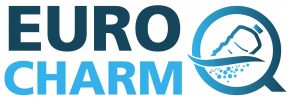Project news Rencontrez les personnes derrière la revue systématique de la littérature
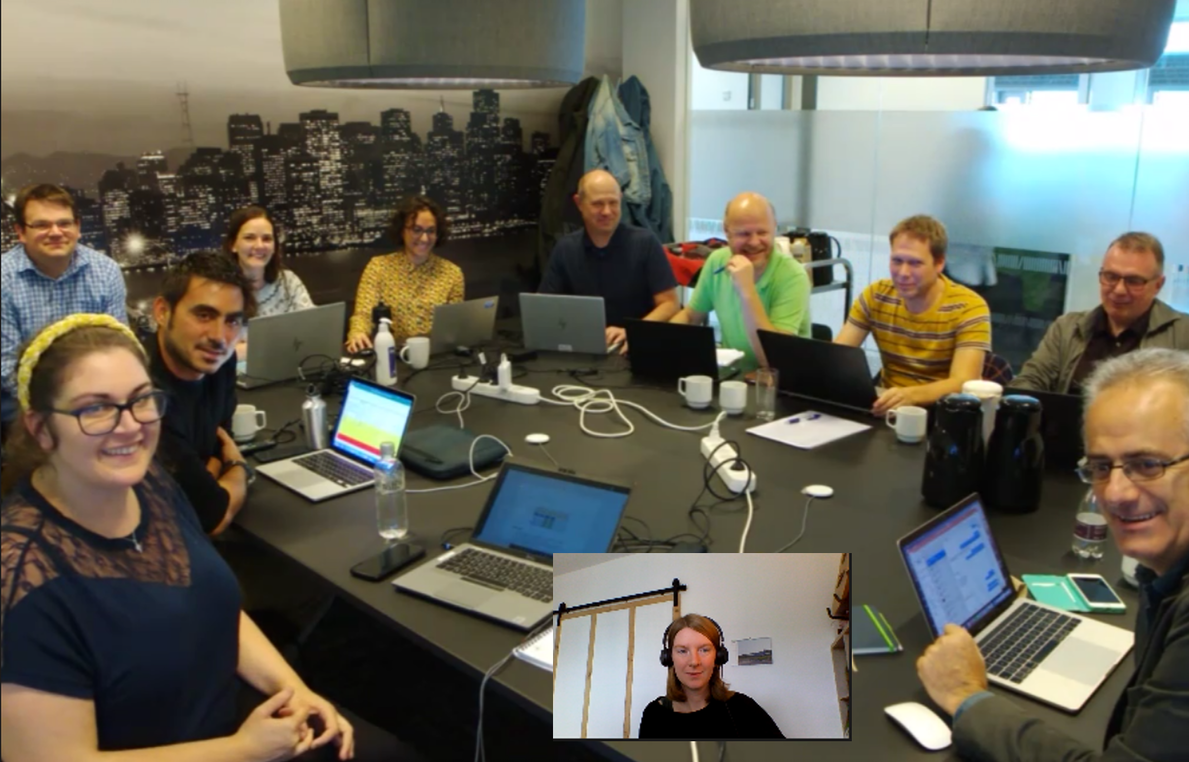
L'objectif du premier groupe de travail au sein d'EUROqCHARM est de revoir l’état de l’art des procédures pour la collecte d'échantillons, la préparation d'échantillons, l'analyse et la quantification des plastiques à partir d'échantillons environnementaux. La revue conduira à identifier les meilleures méthodes reproductibles adaptées à la matrice et à la taille pour chacune des étapes nommées ci-dessus, ou des pipelines analytiques reproductibles (RAP) dans le jargon d’EUROqCHARM. Les données nécessaires pour atteindre ces objectifs proviennent d'une revue systématique de la littérature, couvrant toutes les études relatives à la surveillance de la pollution plastique à travers le monde. Compte tenu de l'ampleur de la pollution plastique et de la forte augmentation de l'intérêt du public et des scientifiques au cours de la dernière décennie, cela s'est avéré être une tâche gargantuesque.
Defining size classes is a very important element when we are comparing studies, but a lot of publications do not report them systematically
Micro and Nanoplastics in water - Sebastian Primpke
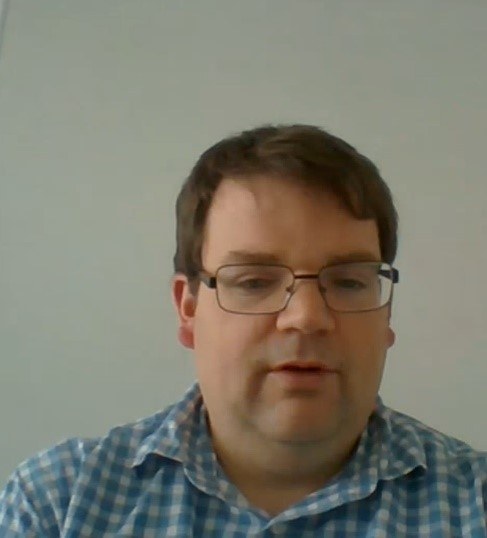
The team that focused on water worked with no less than 750 publications. Microplastic pollution accounted for the bulk of the data, because large items are less common in the water column and papers on nanoplastic monitoring are still (too) scarce. The literature review is now subject to quality control and yields information on generally used techniques and what they are capable of, and this information will be especially important for defining the most suitable pipeline to be used in the monitoring of water (marine and freshwater environments). Not only performance is considered, but also cost and intensity of labor. This approach also gives a good scope for future developments and techniques, that can be introduced in such a scheme.

A peculiar outcome of the preliminary results is the similarity in water sampling techniques and analysis between Europe and Asia, whereas studies from the USA seem to have different approaches. The underlying cause of this dichotomy is unclear and will be subject to further investigation.
Based on quality-controlled results, the team will move on to the development of reproducible pipelines and a SWOT analysis. The virtual absence of information on nanoplastic monitoring in water samples will be an important point of discussion.
The analytical approach of Europe and Asia is rather similar. It will be interesting to see how these are in detail for other continents...
Microplastics in biota - Bavo De Witte
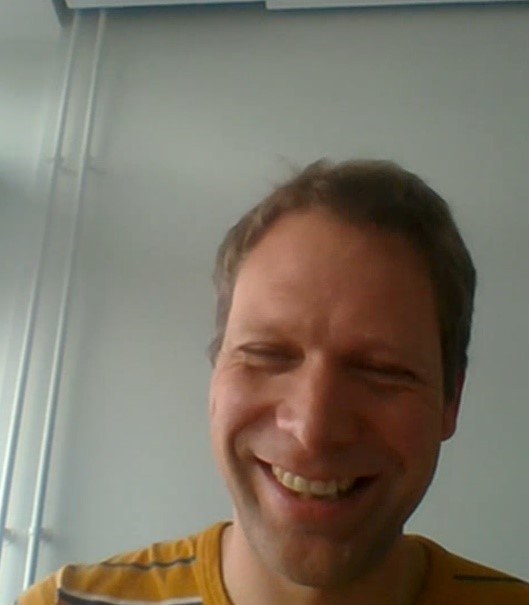
Few publications are available on microplastics in biota compared to water or sediment, but this compartment is actually very diverse, going from marine birds to terrestrial soil organisms. The number of publications is however very much skewed towards the marine environment, but there is a recent increase in awareness and research about plastic pollution in freshwater and terrestrial environments, which are actually an important source of marine pollution. After all, all plastic began its life on land.
The team focusing on biota harvested 492 papers, and again, avoiding reader bias was a big challenge. Intercalibration meetings aligned the review, resulting in a database that forms the basis of extensive statistics on the use of sampling gear and filters, sample preparations, clean rooms, etc. Funny anecdote: one paper analyzed microplastics in fish caught by and subsequently stolen from rhino auklets (a member of the puffin family). Obviously, this method will not come up in the statistics of the most frequently used sampling procedure.
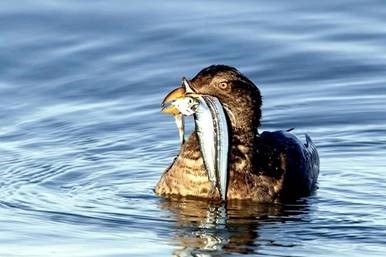
The preliminary analysis of the data immediately points out at least one remarkable fact: a lot of studies used density separation using a saturated NaCl solution. As this solution has a density of 1.2, plastics with a heavier density are not monitored by the method. This kind of information (with exact statistics) will be important to include in the process of defining minimum requirements for procedures and the different procedure steps from sampling to data reporting.
Eventually, these minimum requirements for adequate monitoring will guide countries that are still in the set-up phase of a monitoring program, but will definitely also feed into the European Marine Strategy Framework Directive.
We assess which methods and which steps are used most. The next step is defining minimal requirements needed to identify microplastics so that we can give advice to Europe about analytical methods.
Plastic in the air - Vladimir Nikiforov

Studies on microplastics and nanoplastics in the air are scarce: only a few dozen dedicated studies were found during the literature review, mostly European. This is insufficient for a proper systematic review and statistical analyses. Nevertheless, a few important observations were made.
The first one is that only in 4 of the studies, special measures were reported that prevent contamination, either working in a clean room or laminar flow cabinet, or using air room filters. But while it is clear that contamination must be avoided, there are no standards. Clean rooms, for example, are certified for particles but not for micro- and nanoplastics. So there is definitely an urgent need for recommendations on how to avoid contamination during sampling, transport and lab analyses.
A second issue is the reporting of the amount of plastics, which is either done as numbers or as measured mass per area or volume. In studies on air samples, it is mainly the number that is reported, but ideally it should be both. Extrapolating the mass based on numbers per size category is not a good solution, as this kind of calculation is very prone to error.
In the research targeting plastic pollution in air, there is definitely an open area for development of new methods or the improved application of existing ones. These need to be reliable and quality-assured. With plastics in air, sampling is the most specific and we should strive to use plastic-free containers and avoid contamination from the operator.
We know that if we deal with outdoor samples, the indoor contamination - just by exposure - can ruin analyses.
Work Package Leader Stefano Aliani
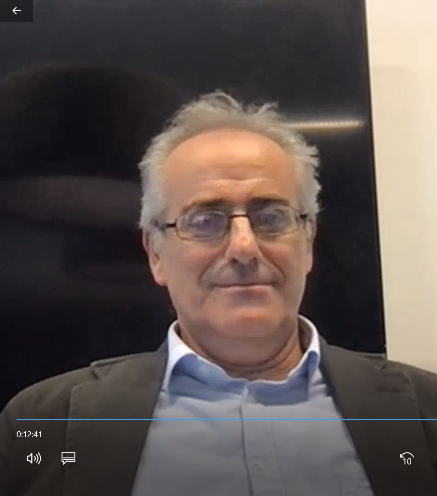
When all data are brought together and integrated, it is really impressive how wide and complex the information is, but also how much hidden information there is. The completed systematic review and the upcoming statistics can bring these issues out, and answer a lot of questions. These questions will come from stakeholders and the scientific community that EUROqCHARM will strive to engage in the coming project phases. In other words, the quantitative and rigorously assembled data will be used in a problem-solving approach, and the analysis will be directed towards the needs of the other work packages within the project.
The product of the work package – the database and derived statistics – is a collective effort, but not a self-evident one. There was a collective wish, motion, energy and momentum to do this study and to solve problems in a creative way. The team has a proper, diverse vision of the problem to enable a full assessment.
What was striking when looking at all papers together, was the recent sharp increase in papers on the one hand, and the low level of description of methods on the other hand (especially in the older papers). There were also a lot more papers on the marine environment than on other compartments. However, if we want to understand plastic pollution, every environment must be considered on a global scale. That is one of the strengths of EUROqCHARM: the project includes all compartments and environments and harvests data from all over the world. That provides a solid knowledge base to build on.
The main outcome of the work package is that we will back up the experts' opinions with numbers.
Article by Sofie Vandendriessche

